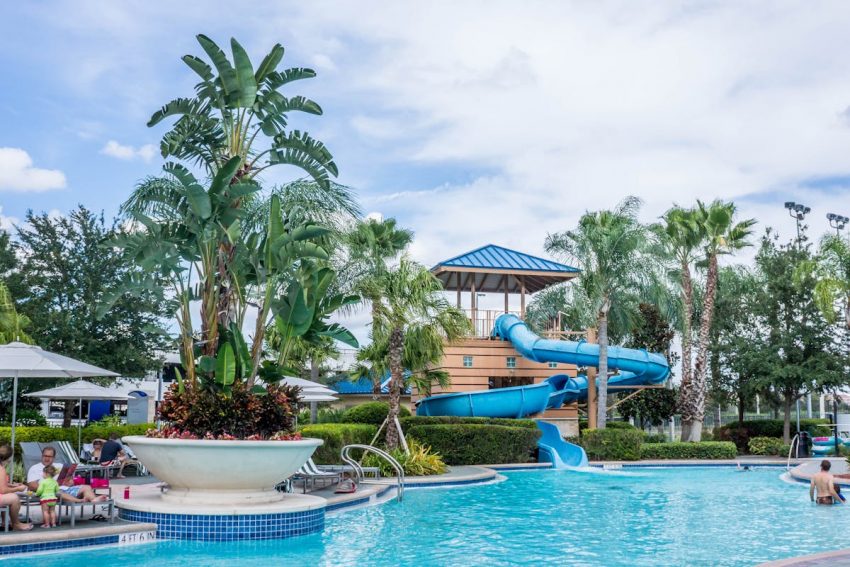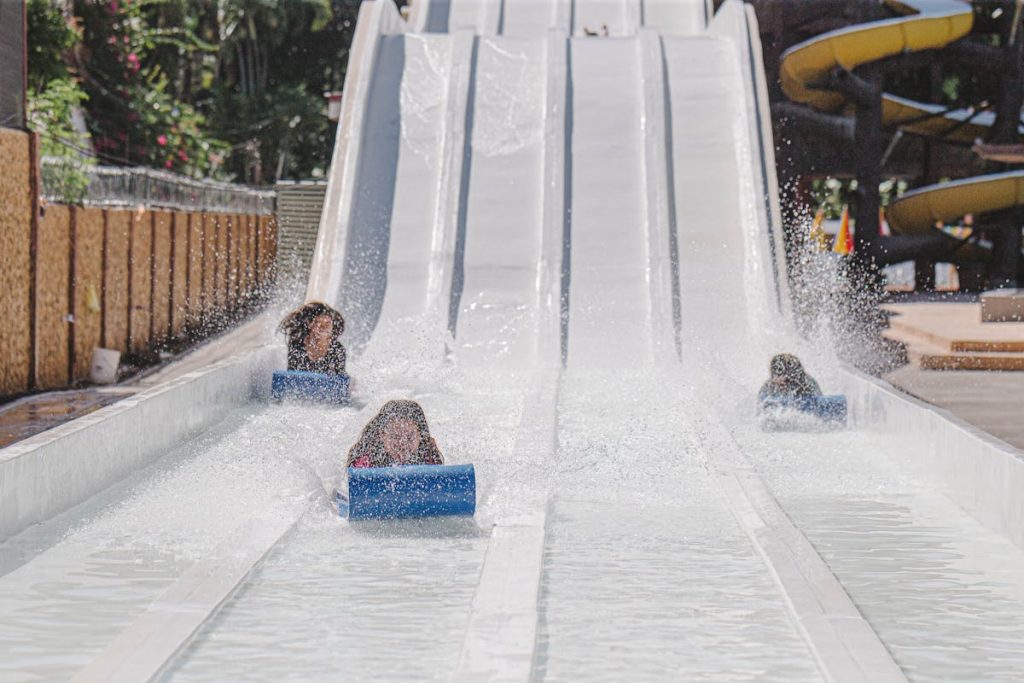Making a Splash: Crafting the Ultimate Water Park Experience


- Conduct comprehensive site analysis: assess topography, accessibility, and utility proximity.
- Prioritize safety and diverse attractions in the planning and design phase.
- Use durable materials and collaborate with reliable contractors during construction.
- Implement rigorous testing and inspection procedures before opening to the public.
- Maintain ongoing maintenance programs and prioritize guest feedback for continuous improvement.
Water parks are an oasis of fun and relaxation, drawing families and thrill-seekers to indulge in aquatic adventures. However, behind the scenes of these exhilarating attractions lies a meticulous planning and construction process. Building a water park requires careful consideration of various factors to ensure safety, functionality, and overall enjoyment for visitors. This article will delve into the best tips to remember when constructing a water park establishment.
1. Comprehensive Site Analysis
Conducting a thorough site analysis is crucial before breaking ground on your water park project. This involves evaluating the topography, soil conditions, accessibility, and proximity to utilities. Here are some key points to consider:
Topography and Soil Conditions:
Assess the land’s elevation, slopes, and soil stability to determine the construction feasibility and potential drainage challenges.
Accessibility:
Ensure the site is easily accessible for construction vehicles and future visitors. Adequate roadways and parking facilities are essential for a successful water park establishment.
Proximity to Utilities:
Evaluate the availability of water, electricity, and sewage systems near the site. Access to these utilities is vital for the operational efficiency of the water park.
2. Thorough Planning and Design
Effective planning and meticulous design are the cornerstones of a successful water park project. Collaborating with experienced architects, engineers, and designers can help bring your vision to life while ensuring compliance with safety standards and regulations. Here’s what to focus on during the planning and design phase:
Safety Considerations:
Prioritize safety in all aspects of the park’s design, including ride layouts, pool depths, lifeguard stations, and emergency procedures. Compliance with industry standards and regulations is paramount to protect visitors and mitigate risks.
Attraction Variety:
Aim for diverse attractions to cater to different age groups and preferences. From thrilling water slides to leisurely lazy rivers, offering various experiences enhances your water park’s appeal.
Optimized Layout:
Design an efficient layout that maximizes space utilization and promotes smooth traffic flow throughout the park. Consider factors such as queue management, locker facilities, and food concession locations to enhance the visitor experience.
3. Quality Construction Materials and Techniques
Using high-quality construction materials and employing reliable building techniques are essential for your water park establishment’s long-term durability and safety. Here’s what to keep in mind during the construction phase:
Durable Materials:
Invest in durable materials that can withstand the harsh conditions of a water park environment, including exposure to chlorine, UV radiation, and constant water immersion. Stainless steel, fiberglass, and specialized waterproof coatings are popular choices for water park structures.
Expert Installation:
Entrust the construction process to experienced contractors and skilled laborers specializing in aquatic facility construction. Collaborating with a reliable general contractor ensures that construction proceeds smoothly and adheres to project timelines and budgetary constraints.
Sustainable Practices:
Incorporate sustainable building practices wherever possible, such as using eco-friendly materials, implementing water conservation measures, and optimizing energy efficiency. Not only does this demonstrate environmental responsibility, but it can also lead to long-term cost savings and operational efficiency.
4. Rigorous Testing and Inspection
Before opening your water park to the public, rigorous testing and inspection procedures are essential to identify and rectify any potential issues or safety concerns. Here’s what to focus on during the testing and inspection phase:
Water Quality Testing:
Regularly monitor and test the water quality in pools and attractions to ensure health and safety standards compliance. Proper filtration, sanitation, and chemical balancing are critical to prevent waterborne illnesses and maintain a clean, inviting environment.
Structural Integrity Inspections:
Inspect all structures, rides, and equipment thoroughly to verify structural integrity and operational safety. Any signs of wear, corrosion, or mechanical issues should be promptly addressed to prevent accidents or malfunctions.
Emergency Preparedness Drills:
Organize regular emergency preparedness drills and training sessions for staff to ensure they can handle various scenarios, including evacuations, first aid response, and guest assistance. Preparedness is key to maintaining a safe and secure environment for visitors.
5. Ongoing Maintenance and Upkeep
Once your water park is operational, ongoing maintenance and upkeep are essential to preserve its functionality, safety, and aesthetic appeal. Here’s how to effectively manage maintenance tasks:
Scheduled Inspections:
Implement a regular schedule of inspections and maintenance tasks to identify and address any issues before they escalate. This includes routine checks of rides, equipment, facilities, and landscaping.
Preventive Maintenance Programs:
Develop comprehensive preventive maintenance programs for all mechanical systems, including pumps, filtration systems, HVAC units, and electrical components. Proactive maintenance helps minimize downtime and prolongs the lifespan of equipment.
Guest Feedback and Satisfaction:

Encourage feedback from visitors and actively seek out ways to improve their experience. Addressing concerns promptly and making enhancements based on guest feedback demonstrates a commitment to customer satisfaction and continuous improvement.
Constructing a water park establishment is a complex endeavor that requires careful planning, meticulous attention to detail, and a commitment to safety and quality. By following the best tips outlined in this article, including conducting a comprehensive site analysis, thorough planning and design, using quality construction materials and techniques, rigorous testing and inspection, and ongoing maintenance and upkeep, you can create a captivating and enjoyable destination for visitors of all ages. Collaborating with the right contractor ensures that your vision is brought to life efficiently and effectively, setting the stage for a successful and memorable water park experience.


